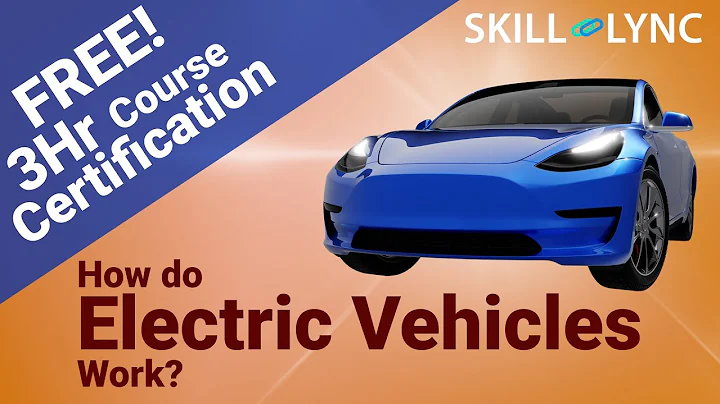The national standard defines high-voltage electricity as a voltage exceeding 60 V. Compared with traditional gasoline vehicles using a 12 V low-voltage system, electric vehicles use a 220 V high-voltage electrical system. The high-voltage current provides sufficient power to the vehicle at any time. , and also tests the safety of use of vehicle-mounted high-voltage electrical appliances.
high-voltage wiring harness, as an indispensable key component of the entire vehicle, provides guarantee for the reliable operation and safety of electric vehicles . Therefore, product verification and testing of high-voltage wiring harnesses have become important tasks for major OEMs. At present, the product testing of mainstream automobile manufacturers is still based on component-level testing and is converted according to their respective corporate specifications. The current mainstream test specifications generally fall into three categories: first, the industry standard LV series standards jointly formulated by the four major OEMs of EU : Audi , BMW , Daimler , Porsche ; second, the three North American standards Major OEMs: Chrysler , Ford, GM's EWCAP updated SAEUSCAR series standards; the third is the domestic GB series standards.
Affected by the working environment and safety of high-voltage systems, high-voltage wiring harnesses must improve their own capabilities, such as the following performance requirements.
Voltage resistance performance: Passenger cars generally use a rated voltage of 600VAC/900VDC, and commercial vehicles generally use a rated voltage of 1000VAC/1500VDC.
Current resistance performance: According to the current of high-voltage system components, it is commonly used at 250A, and some high-power motors can reach 400A.
Temperature resistance performance: high temperature resistance grades are divided into 125℃, 150℃, and 200℃. For high temperature, choose high temperature resistant 150℃ wire; for low temperature, choose low temperature resistant -40℃ wire.
Shielding performance: shielding high-voltage lines can reduce the impact of electromagnetic interference (EMI) and radio interference (RFI) on the entire vehicle system. The entire high-voltage wire harness circuit is shielded. The shielding layer of the high-voltage wire harness at the interfaces of the motor, controller, and battery is connected to the battery motor controller housing through a crimping structure such as a plug-in, and then connected to the body ground.
Selection of connectors for high-voltage wiring harness
1) The protection level of the connector must be no less than IP67.
2) The direct contact protection of the connector meets the IPXXB level requirements.
3) The insulation resistance of the connector and is not less than 500 MΩ, 1000 V DC.
4) The working voltage of the connector is not lower than the maximum working voltage of the vehicle.
5) The connector must have a mechanical anti-fool function. At the same time, different models and specifications can also be distinguished in color; take Amphenol PL series connectors as an example, as shown in Table 2.

6) The connector must have a high-voltage interlocking function.
7) The connector must have a shielding ring to meet the crimping requirements of high-voltage shielded wires.
8) The connector must have a secondary locking function to avoid the risk of high-voltage electric shock due to misoperation or bumps during use.
The definition and principle of high-voltage interlocking
According to the "ISO6469" international standard, the high-voltage components (and their connectors) of electric vehicles (including BEV, PHEV and other models) should have high-voltage interlocking devices.
High Voltage Interlock Loop, its function is to use a small current of 12V to confirm the integrity of the entire high-voltage electrical system. All high-voltage components and wiring harness connectors of the entire vehicle must be installed in place without short circuit or open circuit. . When the controller detects that the HVIL circuit is disconnected or its integrity is compromised, necessary safety measures need to be initiated. When
BMS detects that the HVIL circuit is disconnected and determines that there is a risk in the vehicle system, it will select different necessary safety measures based on the vehicle conditions at that time.
1) High-voltage components commonly used in electric vehicles include: battery packs, on-board charging devices, electric drive devices and control electronic systems, high-voltage heating devices (PTC), air conditioning compressors and other electrical appliances.
2) The high-voltage interlocking circuit is shown in Figure 1. Only when the interlocking loop forms a complete closed loop and the BMS believes that the vehicle's high-voltage components are in normal condition, will it allow the high-voltage power supply to be turned on. When the loop is disconnected and the HVIL disconnect signal is triggered, the BMS will disconnect the high-voltage power within milliseconds to ensure user safety.

3) In addition to the vehicle's HVIL circuit being disconnected due to accidents or collisions, disconnecting the service plug (Service Disconnect Stecker) will also cause the HVIL circuit to be disconnected. The service disconnect plug is a low-voltage connector. When maintaining electric vehicles, as a safety guarantee, maintenance personnel need to disconnect the service plug first, that is, disconnect the HVIL circuit and stop the output of high-voltage power before vehicle maintenance can be carried out.
Event recommendation:
China Auto Show ICVS will hold China Smart Car and Autonomous Driving Expo at the Suzhou International Expo Center on September 26-29, 2022. At the same time: China Smart Car Industry Chain Exhibition, with an exhibition scale of over 30,000㎡ and participating brands. 500+, a total of 30,000+ professional audiences were present, and there were 100 speeches by industry celebrities during the same period. Click on the ICVS Powertrain homepage to enter the exhibition registration page in the menu bar, and you can receive free tickets. Registration at this stage will also get more benefits.







![How an Electric Car Works? Its Parts & Functions [Explained] - DayDayNews](https://i.ytimg.com/vi/tJfERzrG-D8/hq720.jpg?sqp=-oaymwEcCNAFEJQDSFXyq4qpAw4IARUAAIhCGAFwAcABBg==&rs=AOn4CLAQ0PC-p3ez2ZYsnKwsAldmaUHByg)













